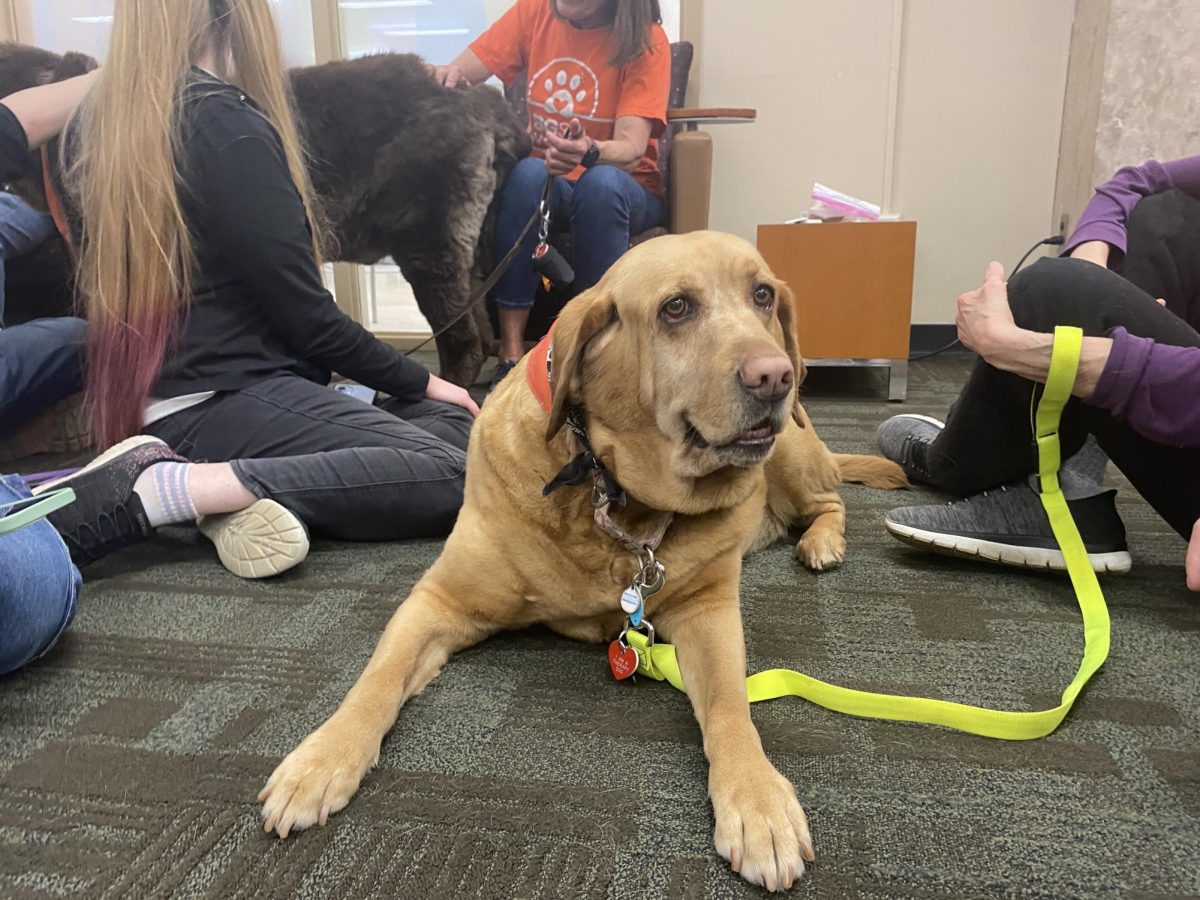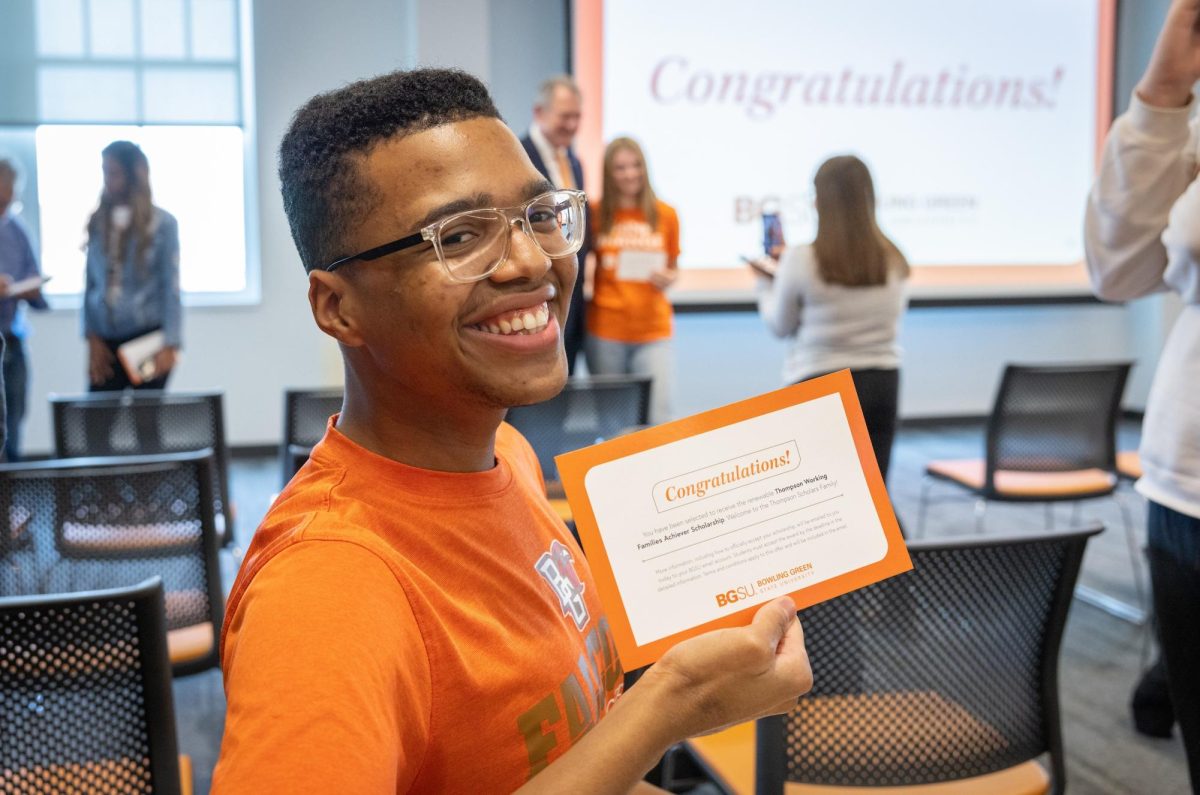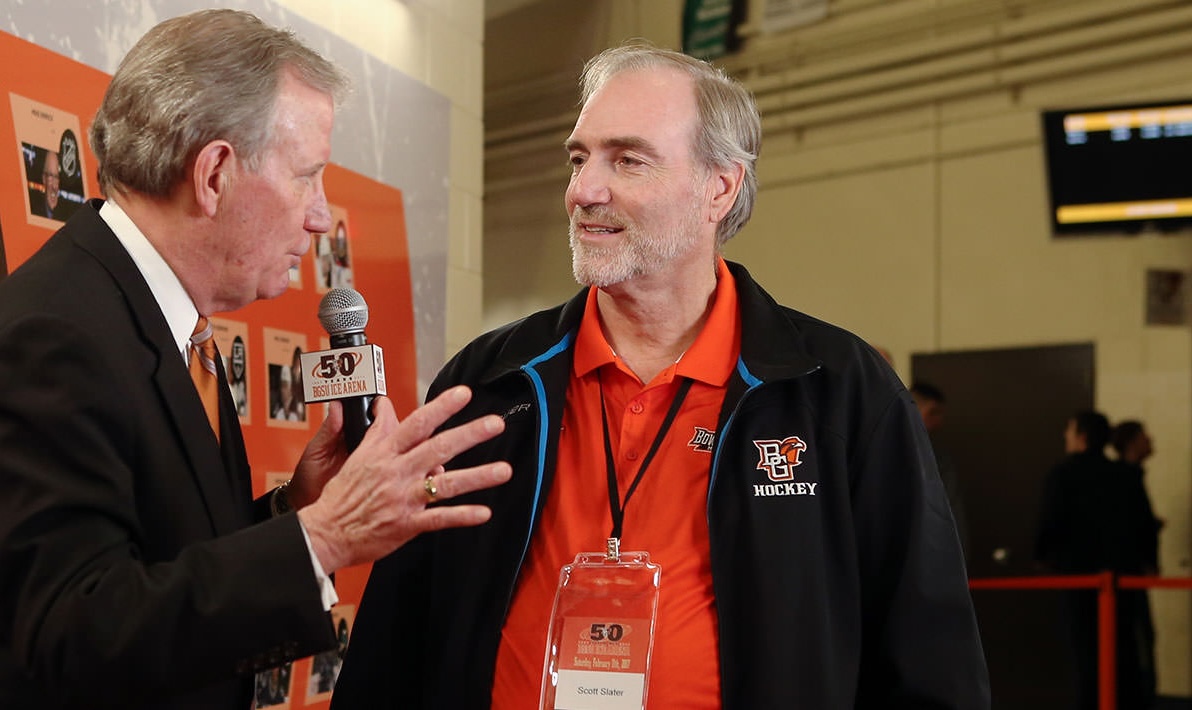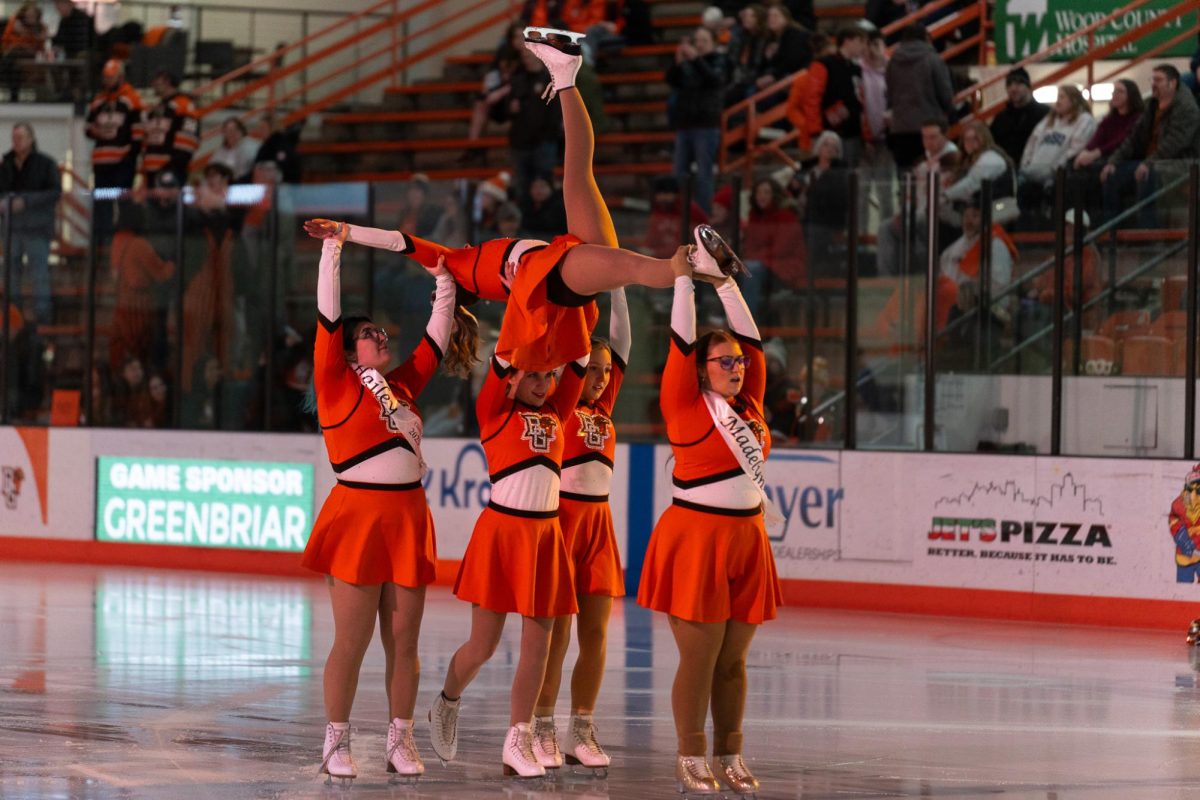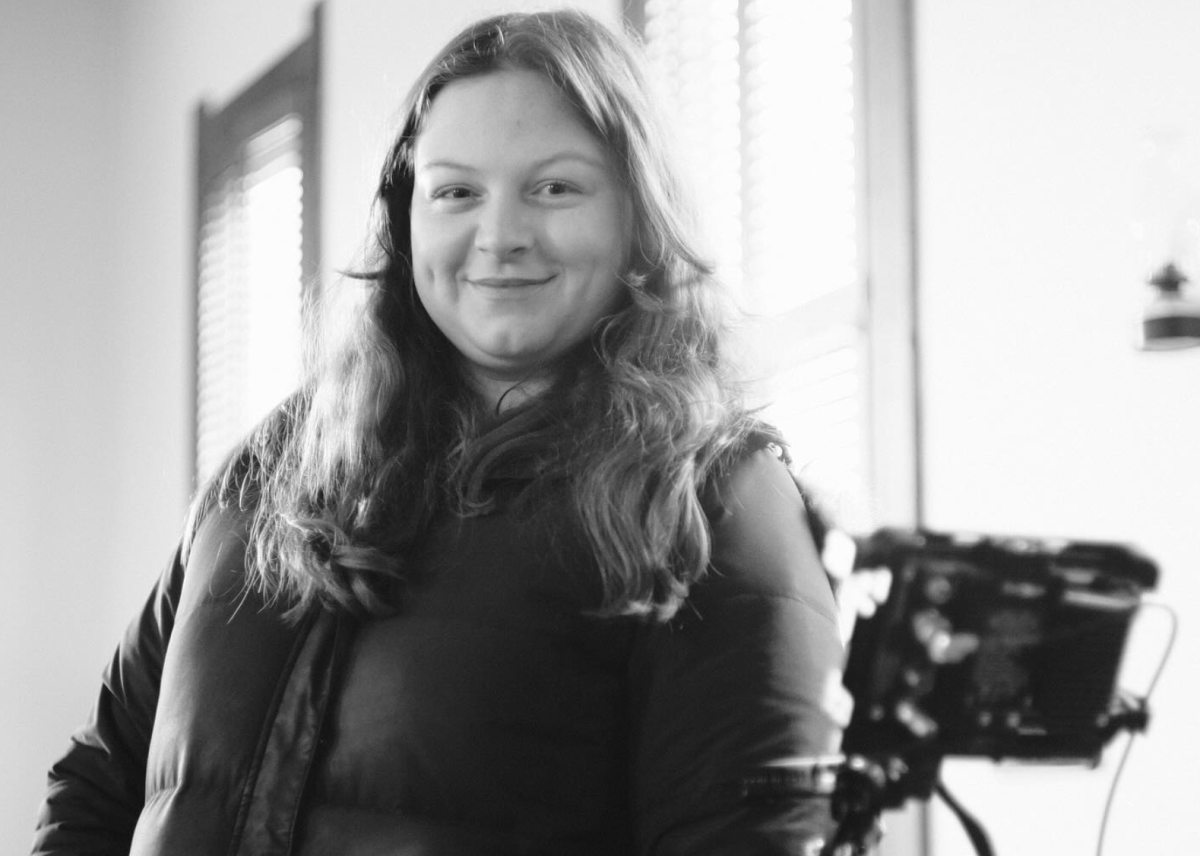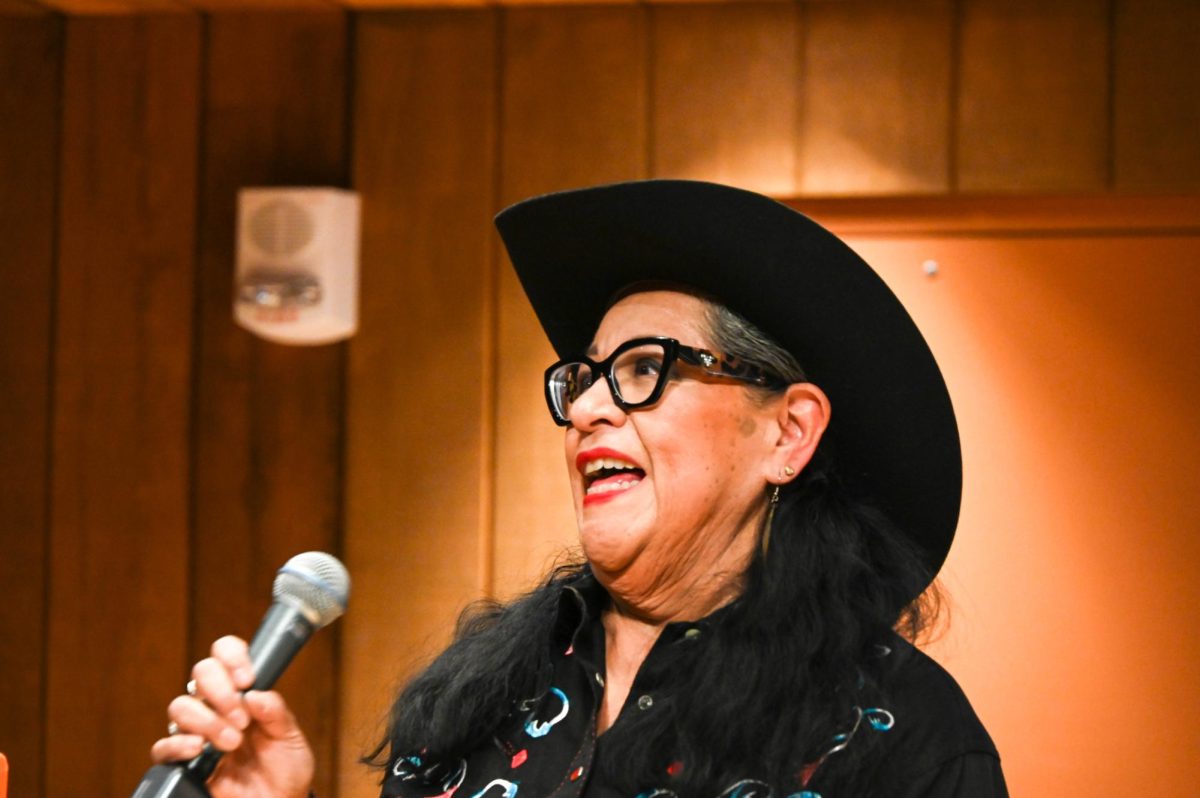With the results of the election still looming as President-elect Donald Trump picks his cabinet, the political divide on campus between Democrats and Republicans remains a topic of interest.
Wood County went ‘red’ in the 2016 election leaving students wondering why, when so many supported other parties. These results raise the question, are students who identify as right-winged or conservative shunned on campus?
Co-President of the College Republicans, Kyle Lamb, believes that those who identify as Republican are counted out by the opposing party because of negative stigmas that surround those who identify with the right.
“Once someone announces they are Republican, people tend to tune them out. They don’t listen because everything that they hear in the media and sometimes even the University is that if you’re conservative that you’re bigoted or racist and why would someone want to listen to that? They (non-Republicans) automatically discount the argument,” Lamb said.
President of the College Democrats, Aiden Hubbell-Staeble thinks to break this stereotype surrounding Republicans, there should be more open conversations.
“I know a lot of really great Republicans. People will say they’re not that way if there is dialogue with them. With the moderates, I don’t think they’ll be racist or bigoted. They’re people who care a lot about the country,” Hubbell-Staeble said.
In the classroom, it is inevitable for the issue of politics to come up. Hubbell-Staeble believes that Republicans are never quiet when it comes to debating.
“I’ve never not heard one (Republican) in a room before. Especially in a classroom setting. Teachers try really hard to make sure everyone is included in the conversation. My mom’s a teacher. I know this for a fact. They might strongly disagree with the student, but I’ve never heard of a student being shut down unless it was something absolutely terrible,” Hubbell-Staeble said.
Dr. Tim Newman, a political science professor at the University agrees with Hubbell-Staeble. In class, teachers give the floor to students to discuss their side of an issue.
“They feel like they’re alienated and that they’re the victim,” Newman said. “But (for both sides) teachers let them talk and say what they want. I follow up what students say by asking them, ‘well how do you know that?’ as a way of support for their reasoning.”
Lamb welcomes ideas to be challenged within the classroom to make a Republican student know why they believe in the things they stand for even though it can be hard.
“It makes it difficult for conservatives if they have a liberal teacher when they are saying things that they don’t agree with,” Lamb said. “However, I think that it is good for those conservative students because they’re having their ideas challenged and they have to think of counter arguments.”
Outside of the classroom, Hubble-Staeble thinks that Republicans are more vocal on campus than Democrats.
“You don’t see anyone picketing to keep Roe v. Wade. You see all of these conservatives coming in campaigning for their stuff,” Hubble-Staeble said. “I would actually like to see liberals more vocal honestly.”
Hubble-Staeble thinks that Republicans should have no fear to share their political views on campus, especially those who supported Mr. Trump in the election.
“I don’t think there are any closeted Trump supporters,” said Hubble Staeble. “If someone’s a closeted Trump supporter, no one is saying, ‘I hate you’ well, they might say I hate you. (Students) should feel safe to share their political views.”
Although there is a debate if Republicans are heard or not on campus, both Lamb and Hubble-Staeble can agree that open conversation among students with different viewpoints are helpful for breaking stereotypes to understand the other side’s arguments.
“There’s nothing wrong with what you believe. Republicans don’t want to be labeled as a racist, or a homophobe because they’re not,” Lamb said. “I think that we should be open to hear from both sides. Being open to hearing them, and agreeing with them are two different things. I think it’s important to engage in conversations so you can hear their point of view to challenge your own.”


